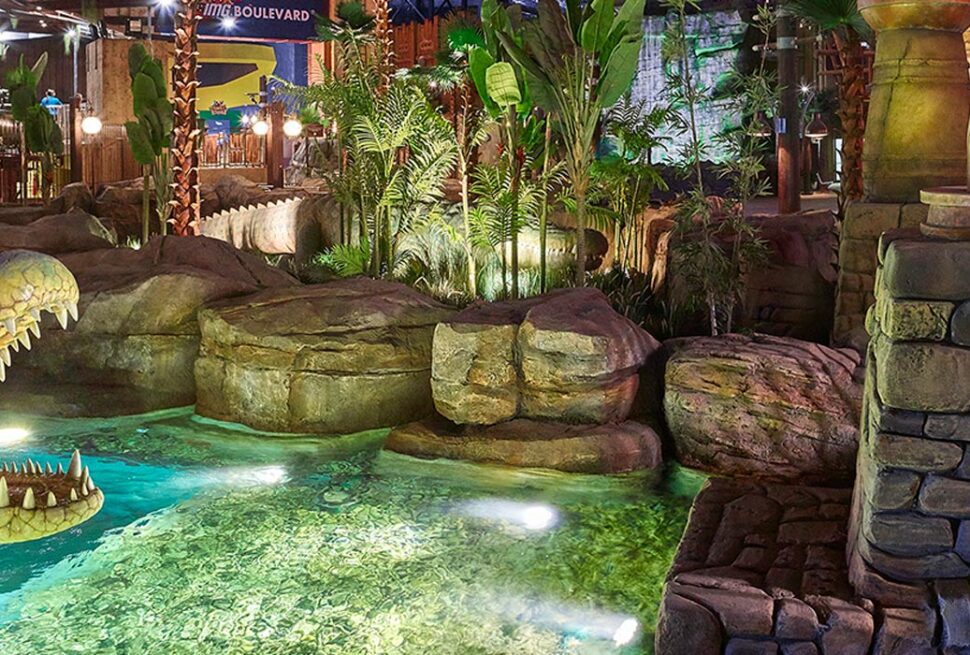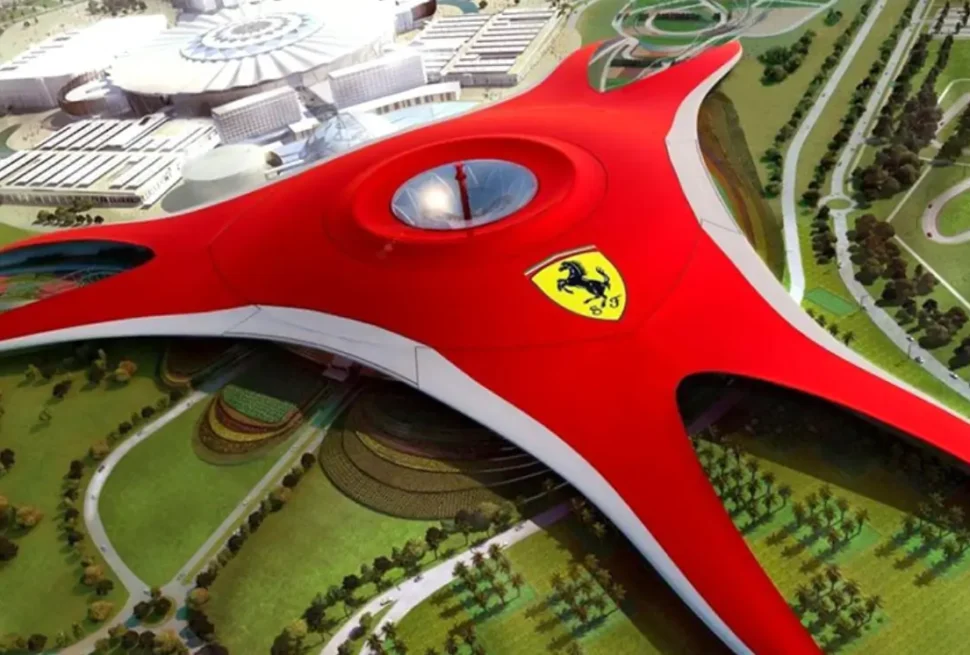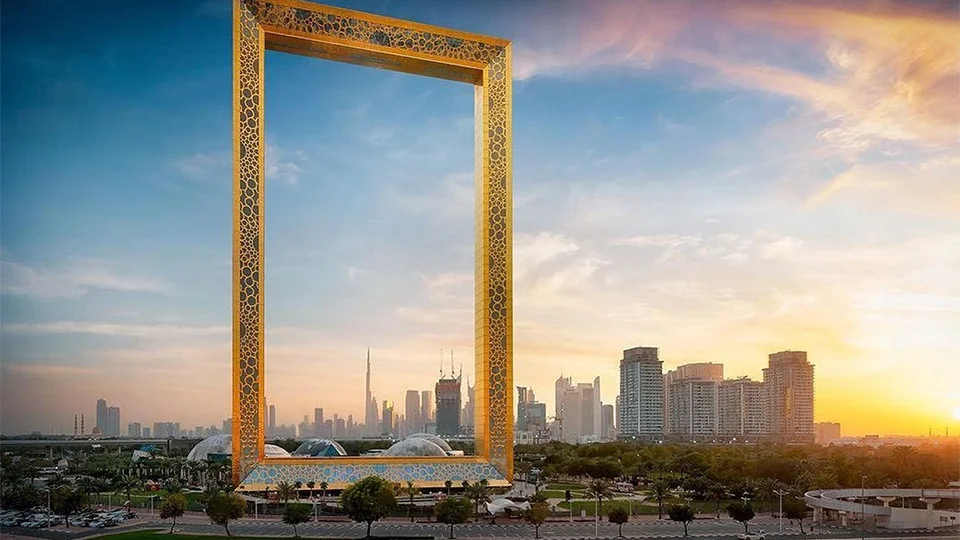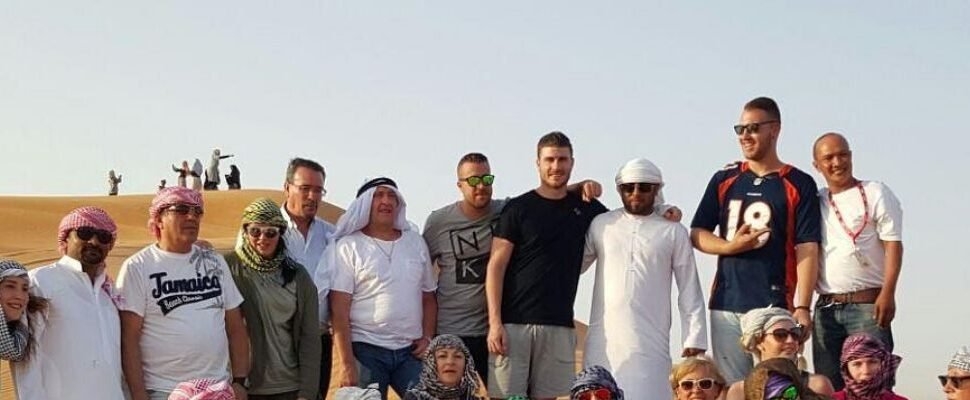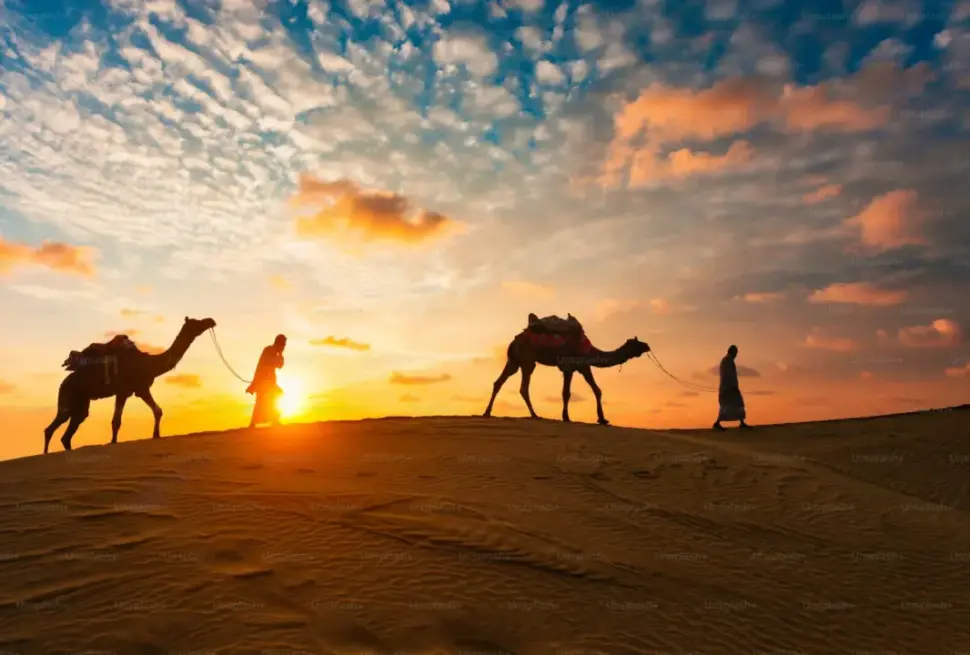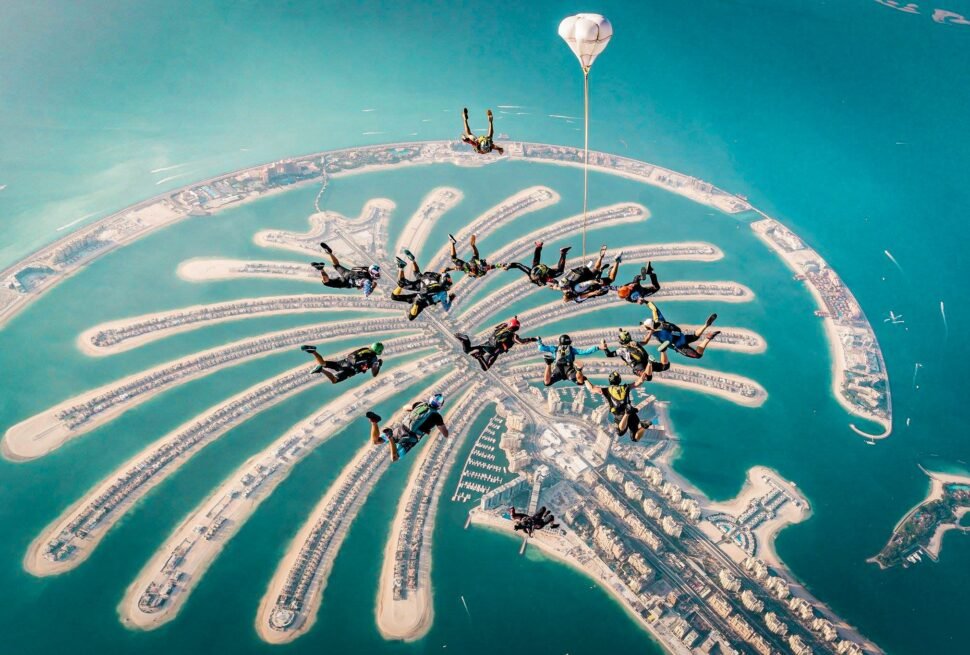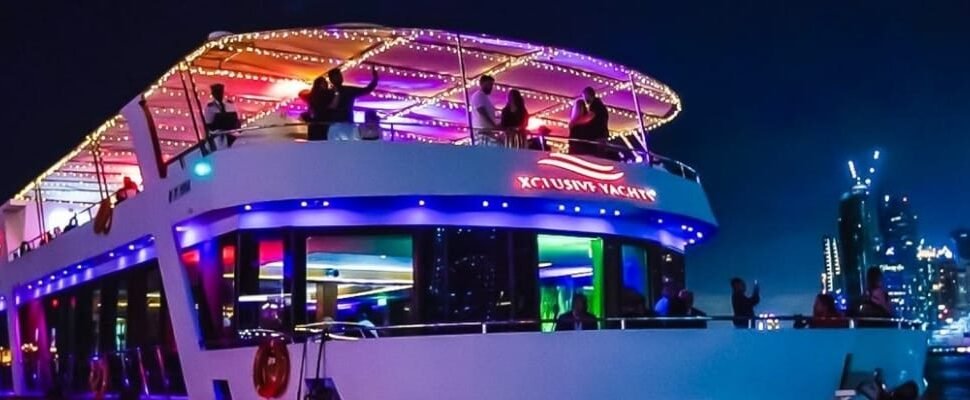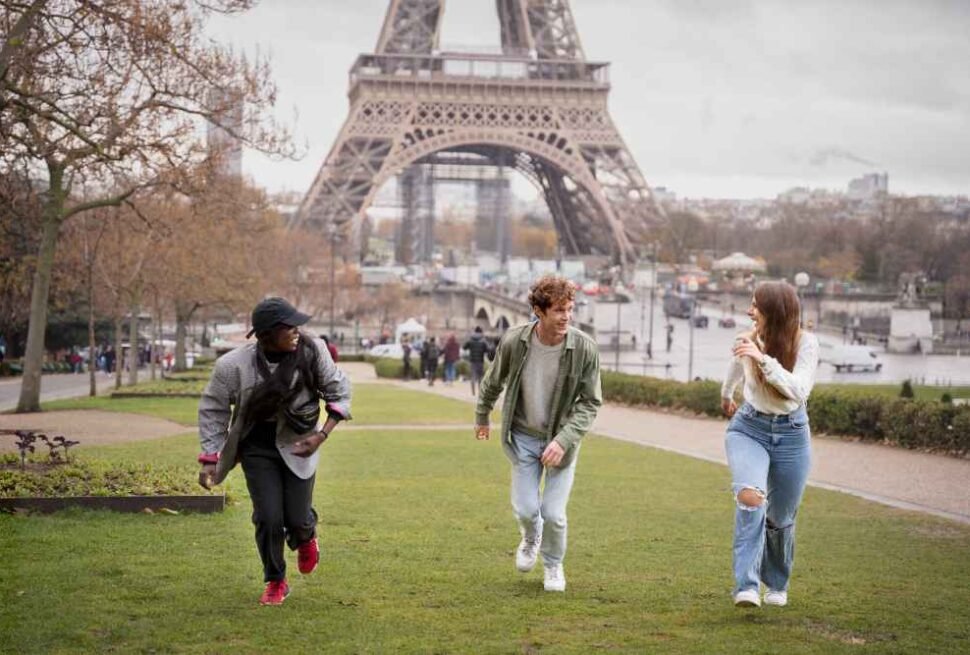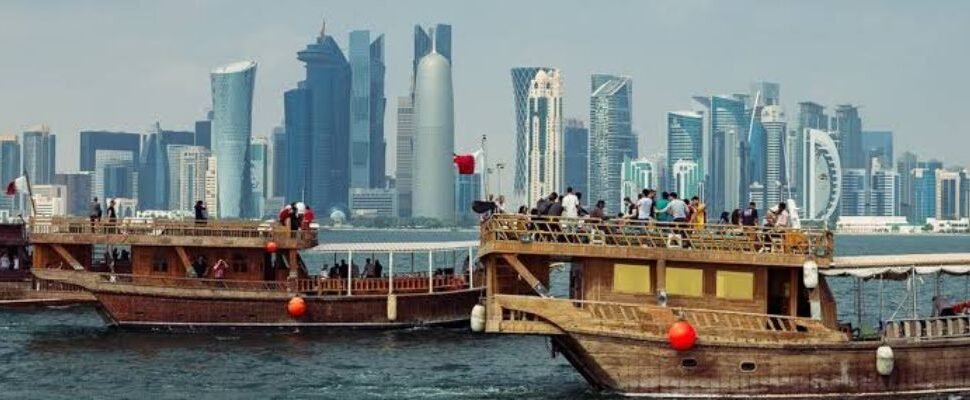People first came to the Arabian Peninsula 15,000–20,000 years ago. People who lived this way ate both plants and animals. After the last Ice Age, the peninsula’s environment became drier. Wild animals disappeared when meadows turned into scrubland and deserts. The dry river beds (called wadis) on the peninsula are the result of river systems drying up. People have been forced by climate change to find shelter on lush mountain slopes and in oases. When they stopped hunting and gathering, they had to find another way to make a living. Because of this, farming did well all over the Middle East, from Mesopotamia to the Nile River Valley.
Agriculture helped other things get better. Goats, cattle, sheep, horses, and camels were tamed, and people stopped hunting. These changes made it possible to farm more intensively. Language, writing, art, and architecture all came from places where people lived for a long time. If you want to take a Dubai city Tour, contact one of the best travel and tour companies in the United Arab Emirates.
The Visual History of the Saudi Arabian Diriyah in Pictures
1. Ancient Trade Centre
Between Mesopotamia and the Nile River Valley, the Arabian Peninsula was one of the most important places in the ancient world. Since there weren’t many people living on the peninsula, trade went through caravan routes.
People on the peninsula set up a complicated trade network to move agricultural goods to Mesopotamia, the Nile Valley, and the Mediterranean Basin. Some of these goods were almonds from Taif, dates from a few oasis, and scents from Tihama like frankincense and myrrh. They were travelling in a group from India. From Oman and Yemen, the huge caravans went through Saudi Arabia’s Asir Province, Makkah, and Madinah on their way to the major cities in the north and west. The political turmoil in Mesopotamia, the Nile Valley, and the eastern Mediterranean did not affect the Arabian Peninsula. People in Babylon, Egypt, Persia, Greece, and Rome all liked them. The vast desert also kept the peninsula safe from its powerful neighbours.
2. Modern Saudi Arabia
The Al-Rashid family had set up a governorate and army in Riyadh, and the young Abdulaziz wanted to take it back. In 1902, Abdulaziz marched into Riyadh at night to take the city fortress, Masmak Fortress. This event is said to be the start of the modern Saudi state.
In 1924 and 1925, Abdulaziz took over the Hijaz, which included Makkah and Madinah, after making Riyadh his main city. He turned warring tribes into a single country. The country was renamed the Kingdom of Saudi Arabia on September 23, 1932. It is an Islamic state where Arabic is the official language and the Holy Qur’an is its constitution.
3. Painting Pixels
To bring the story to life, the visual design team spent months making a wide range of original animations. The message would be sent using 3-D projection mapping on the mud walls of Diriyah. By pixel-mapping the details, a projection surface that was almost three soccer fields long was made. 225,815,040 pixels. The mesh of the projection surface model was made with drones and lidar scanning. It had 65,000,000 polygons. The goal for Diriyah’s surfaces from the start was to make them look like they were moving. Every sequence of content was made to move and have an effect.
4. Let the light shine
The holistic approach was made possible by the collaborative lighting design process. Lighting gave the scene height, context, and depth, reminding viewers that this is a real town. To reach this goal, the design lit up the ancient site’s streets, lanes, and buildings. Fixtures led people through the architecture of Diriyah. The lights cast columns of colour into the night sky above the town. Dynamic lighting brought out the Ardah dance and the Bedouins (and camels!) coming into Diriyah. The beautiful orchestra was skillfully worked into the scene so that people there and the millions of people watching at home could enjoy the music.
EVI put together all of the lights and miles of wire at the UNESCO World Heritage Site. The lighting team programmed the very complicated performance down to the millisecond “off line” and used cutting-edge previsualization technology to show the EVI team and Diriyah Gate Development Authority clients in the US and Saudi Arabia a visual “proof of concept.”
5. Stream live
Legendary dancers put together a beautiful show with a lot of actors. In the movie, traditional Saudi culture was shown through things like the Ardah dance. Each actor wore a costume that was made just for them and fit perfectly. Bedouin and camel caravans filled the streets, showing how the first people arrived in a big way. Diriyah’s movement, colour, and drama were brought back to life by the live troupe.
6. The falcon’s flight
Saudi Arabia loves its falconry. The falcon is the most respected bird in the country. Even UNESCO thinks that falconry is an important part of living culture. Without knowing about its past, it is impossible to give an accurate picture of the Saudi Kingdom. It was important to find creative ways to show what the falcon meant. To reach the goal, a huge Falcon made of carbon fibre and projection mapping was made.
The falcon was controlled by 24 puppeteers. Its wingspan of 50 feet is big. With 53 stringers and the Blacktrax system, it was possible to track and project-map the falcon with great accuracy. As the bird flew through time, eight projectors painted it with amazing content in real time.
7. An Original Sound Score for the Diriyah Suite
EVI asked some of the most famous film composers in Hollywood to make an original soundtrack for the visual story. An orchestral suite with a lot of emotional power sheds light on the Seven Gates. The London Symphony Orchestra recorded “The Diriyah Suite” at the Air Studios in London. At the opening ceremony, traditional Middle Eastern instruments were played by the Prague Symphony Orchestra and musicians from Saudi Arabia. The “Suite” will be the official music of the UNESCO site for many years.
8. Infrastructure
With the event pieces being made, it was also important to figure out how to place and accommodate the crowd. There were about a thousand people there, including members of the royal family, important people from the region and around the world, and members of the international press. EVI built a welcome centre, a place where the royal family can wait, a place for a gala, and a royal viewing pavilion.
The Royal Pavilion was built on top of Diriyah and had fancy box seats for the Royal Family and their guests. The 2,000 people who worked on the project came from 50 different countries and lived in a production village that was 2 km2. The huge infrastructure included roads, public works, landscaping, telecommunications, sanitation, power, and luxurious interiors.
Before and after the event, there was a huge amount of communication through many different channels. People were reached through social media, newspapers, radio, TV, outdoor billboards, public transportation, and airports. Thirty million people watched the event because it was shown on Saudi TV, MBC, and other channels around the world. A global campaign spread the word about the event and the e-visas for tourism offered by Saudi Arabia’s Vision 2030 Platform.



